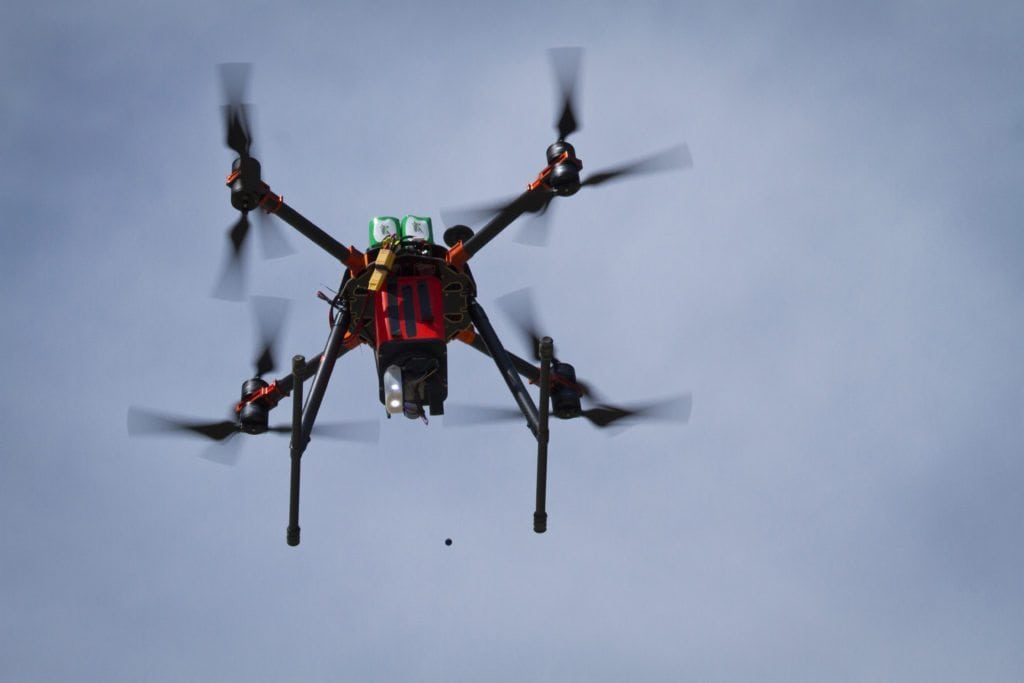We all know the old adage that a picture is worth a thousand words. This holds especially true when it comes to the online marketing of real estate, where property photos, videos and interactive tours are considered one of the best ways to capture a prospective customer’s attention. (Indeed, internal data from Apartments.com, a Lands of America sister site, reports that customers viewed over 1.2 billion property photos and 36 million 3D tours in 2015.)
Advances in technology have brought powerful new tools to the fore, most notably aerial drones that help capture a unique perspective for prospective buyers to view and experience properties. Land brokers are increasingly turning to drone technology to market their ranches, farms and other rural land acreage. There are, however, some new rules to keep in mind before you set out to capture aerial-drone footage for properties in your portfolio.
In December 2015, the Federal Aviation Administration (FAA) updated its regulations to require that all drone owners register their “unmanned aircraft systems” (UAS) with the agency before flying. Registration costs $5 and can be completed on the FAA Website here. Failure to register your vehicle before flying can result in civil fines of up to $27,500, as well as the possibility of criminal penalties of up to $250,000 and three years in person.
Separately, commercial drone operators, including those looking to use the technology to capture aerial real-estate stills and video footage, must take the additional step of applying for an exemption with the FAA called the “Section 333 Exemption.” This process requires that commercial drone operators state the reasons for operating their UAS and provide supporting documentation for the request, including a certificate of airworthiness for the vehicle, aforementioned drone registration number and certification as to the qualifications of the drone operators. To date, the FAA has granted over 90 percent of applications submitted. However, do note that Section 333 applications should be submitted 120 days before you intend to fly, and that the FAA is experiencing delays in processing times given the high volume of applications.
Whether you are a commercial or recreational drone operator, some more general rules of operation do apply, including that the vehicles should not fly at an altitude higher than 400 feet, not be operated within range of stadiums or airports without prior authorization, and not fly over locations such as military bases or national parks. Additional state and city regulations apply, which generally relate to laws protecting the privacy of individuals and properties from excessive aerial intrusion. Syracuse University’s Institute for National Security and Counterterrorism offers a website that tracks the state of commercial, personal and law-enforcement UAS legislation that is enacted, pending or proposed throughout the United States.
No doubt, there’s a lot of paperwork and homework required to make sure you’re adequately prepared before going out and capturing that stunning aerial land footage. However, looking at the results of the drone footage included in the video below—part of the Lands of America property listing from California Outdoor Properties for Estero Americano Ranch in northern California—we think you’ll agree it’s definitely worth the effort!
For more information about flying drones for both commercial and recreational purposes, check out www.knowbeforeyoufly.org.

